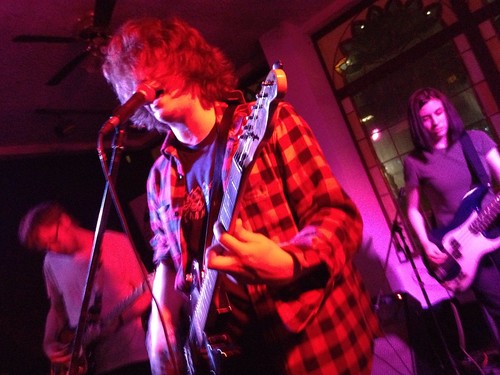Different residential areas breed different types of social relationships. Some neighbourhoods breed tight knit communities of caring neighbours, many others are just places to live with no real sense of community or relation to ones neighbours.
I'd argue that I live in the latter.
I can only name one other person who lives in my building, and he's the caretaker. I rarely if ever talk to my neighbours, and they do the same. It's not that we dislike each other, we know nothing about one another, that's just the way it is in this apartment building and as well as many of the other buildings I've inhabited in central Winnipeg.
Osborne Village was better in this regard than Broadway/Assiniboine. Unlike in the Village there are very few small businesses in the neighbourhood, and therefor very few places that encourage neighbours to mingle amongst one another.
I don't have any statistics supporting my theory, but I'm willing to bet that the majority of people living on Broadway and Assiniboine Avenue between Memorial Osborne and Main Street don't work in the same neighbourhood. Likewise when they choose to go out to eat they most likely head south to Osborne Village or Corydon, or north to Portage Ave. and the Exchange District, or maybe even to the Forks.
I occasionally run in to the same people at the convenience store across the street, but no one lingers there, at least not anyone you really want to get to know.
I don't do most of my grocery shopping at the closest grocery store. The IGA on Donald is terribly lacking in decent produce, I'd rather get groceries at Sacco and Vanzetti's on Albert St. or any of the stores in the Village. The Forks comes to mind as the best place for area residents to purchase produce and other food items, except it's seen as primarily a tourist attraction and the Main Street entrance to the Forks is uninviting pedestrians.
Broadway doesn't suffer the vacant building problem that is so prominent on the streets north towards Portage. Its primary problem is that it lacks sufficiently small spaces for niche markets to emerge to support the area's residents. The area needs better options for groceries
I'd love to see Broadway/Assiniboine become more of a self sustaining neighbourhood where you didn't have to leave to go about your daily business, unfortunately I don't see that happening any time soon.

